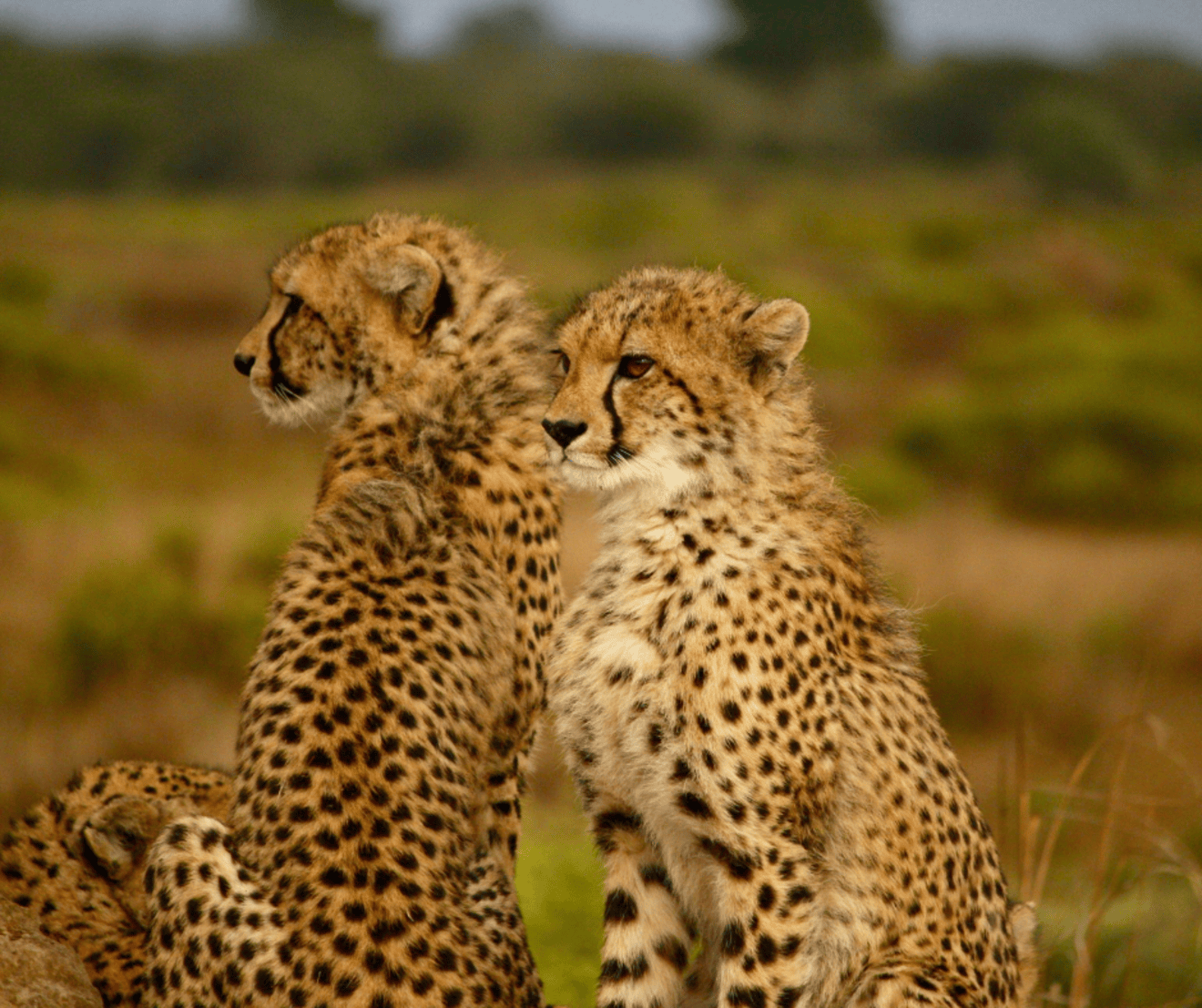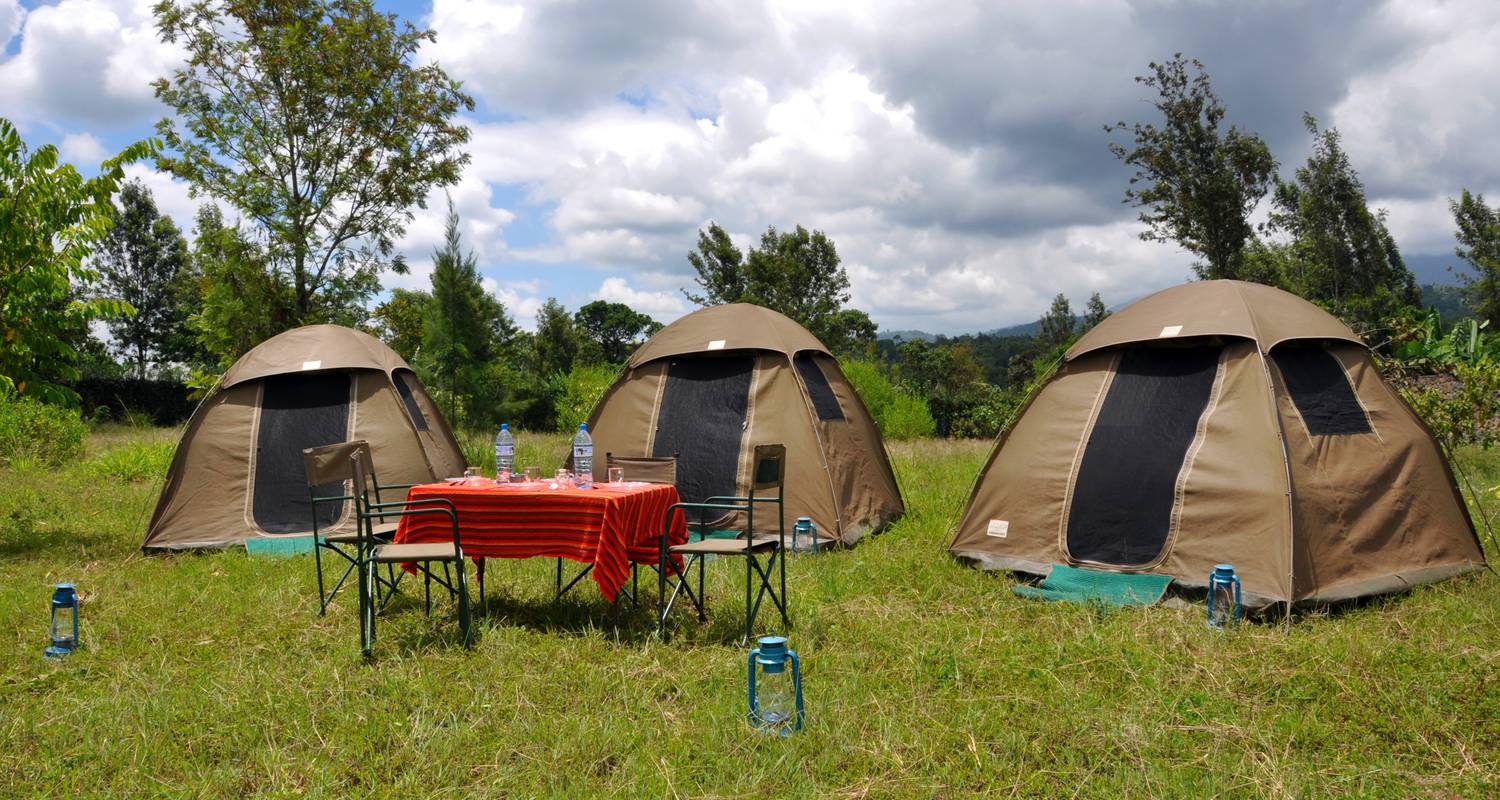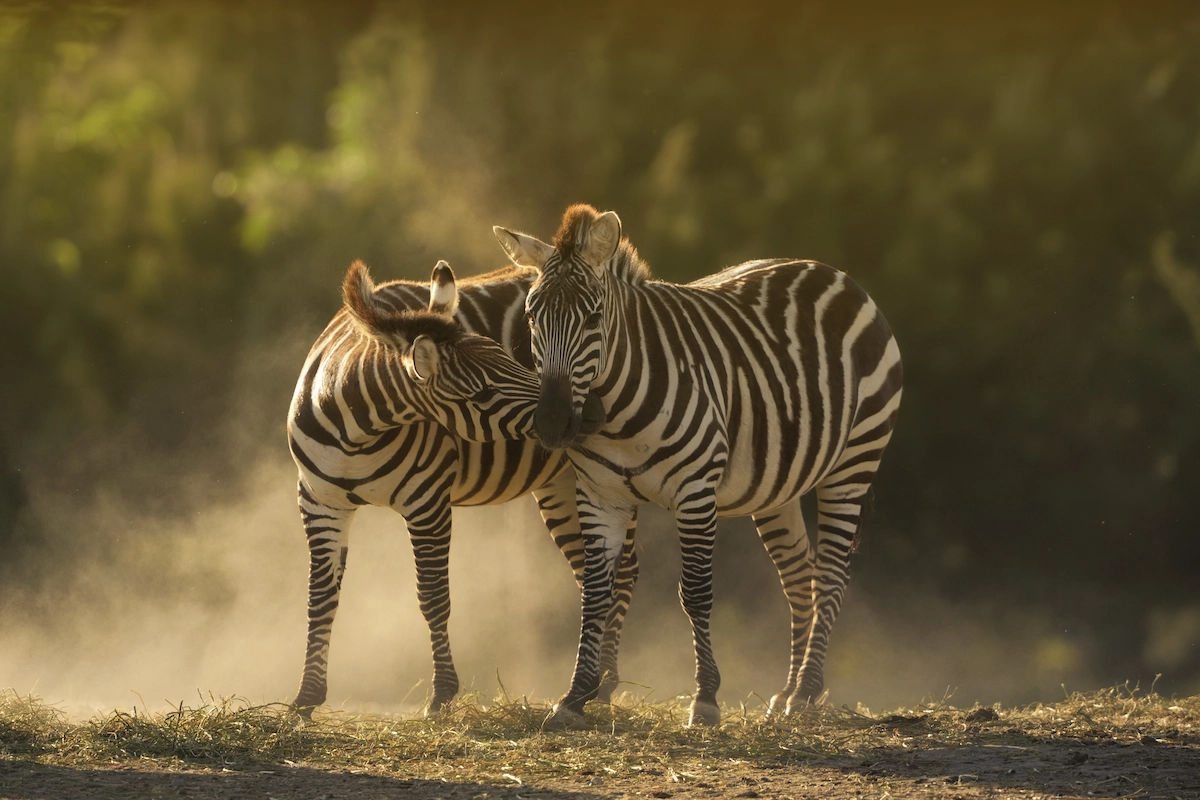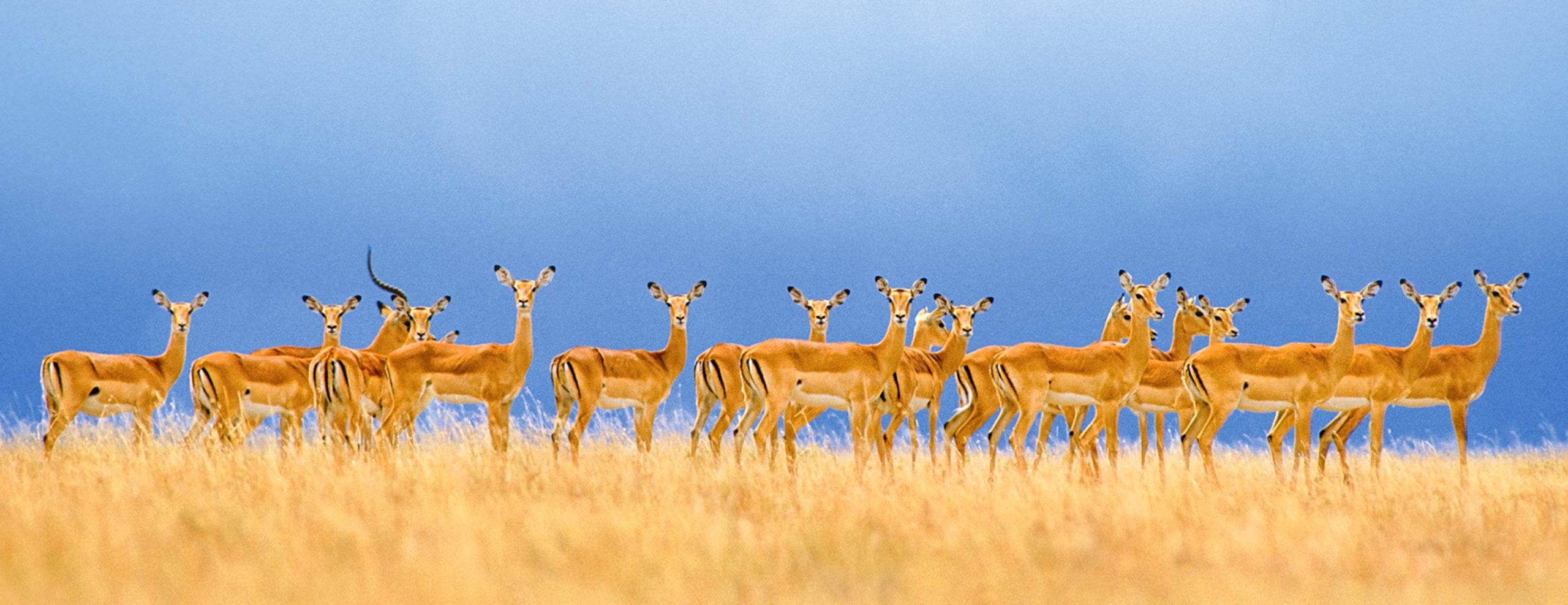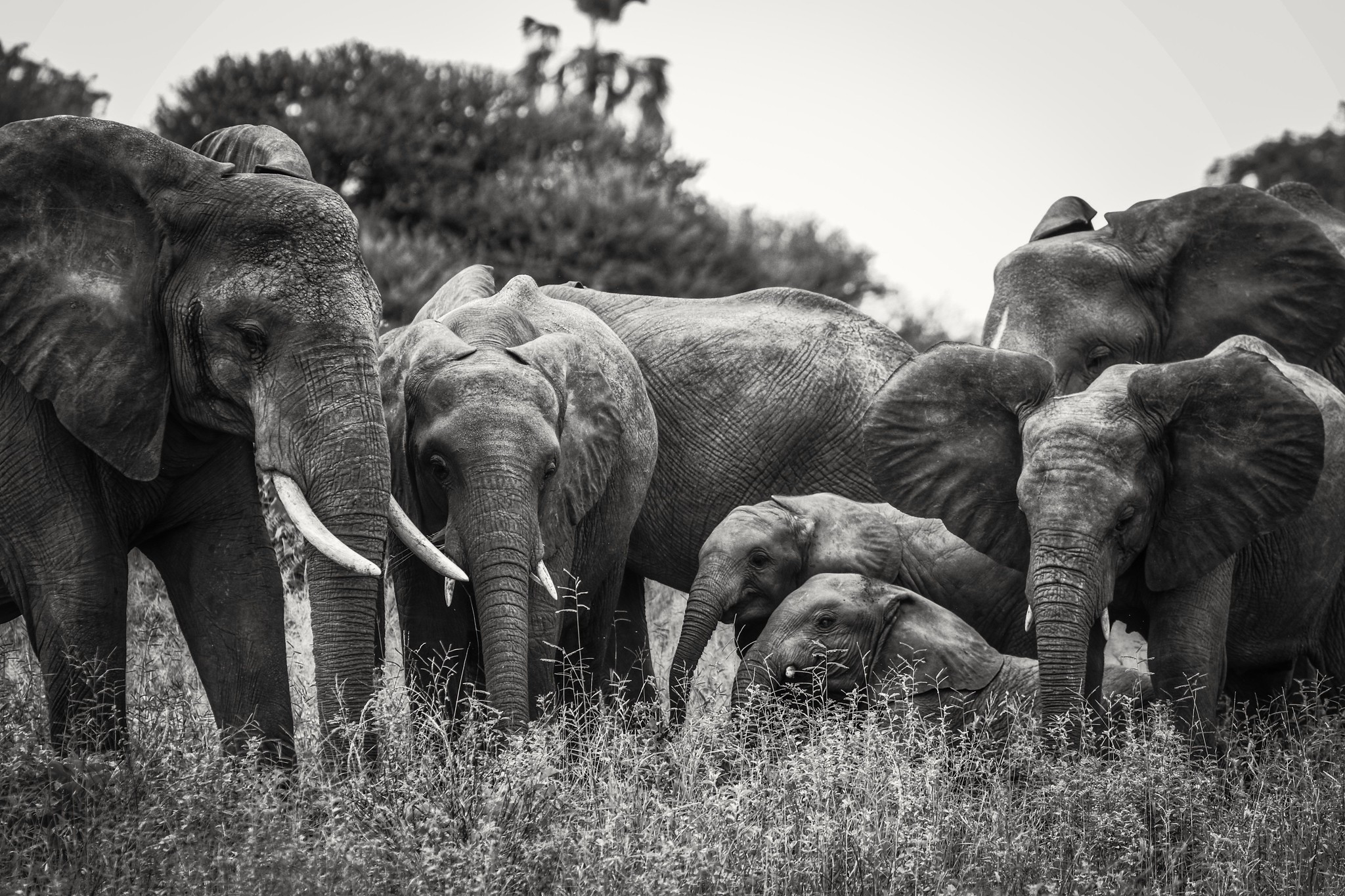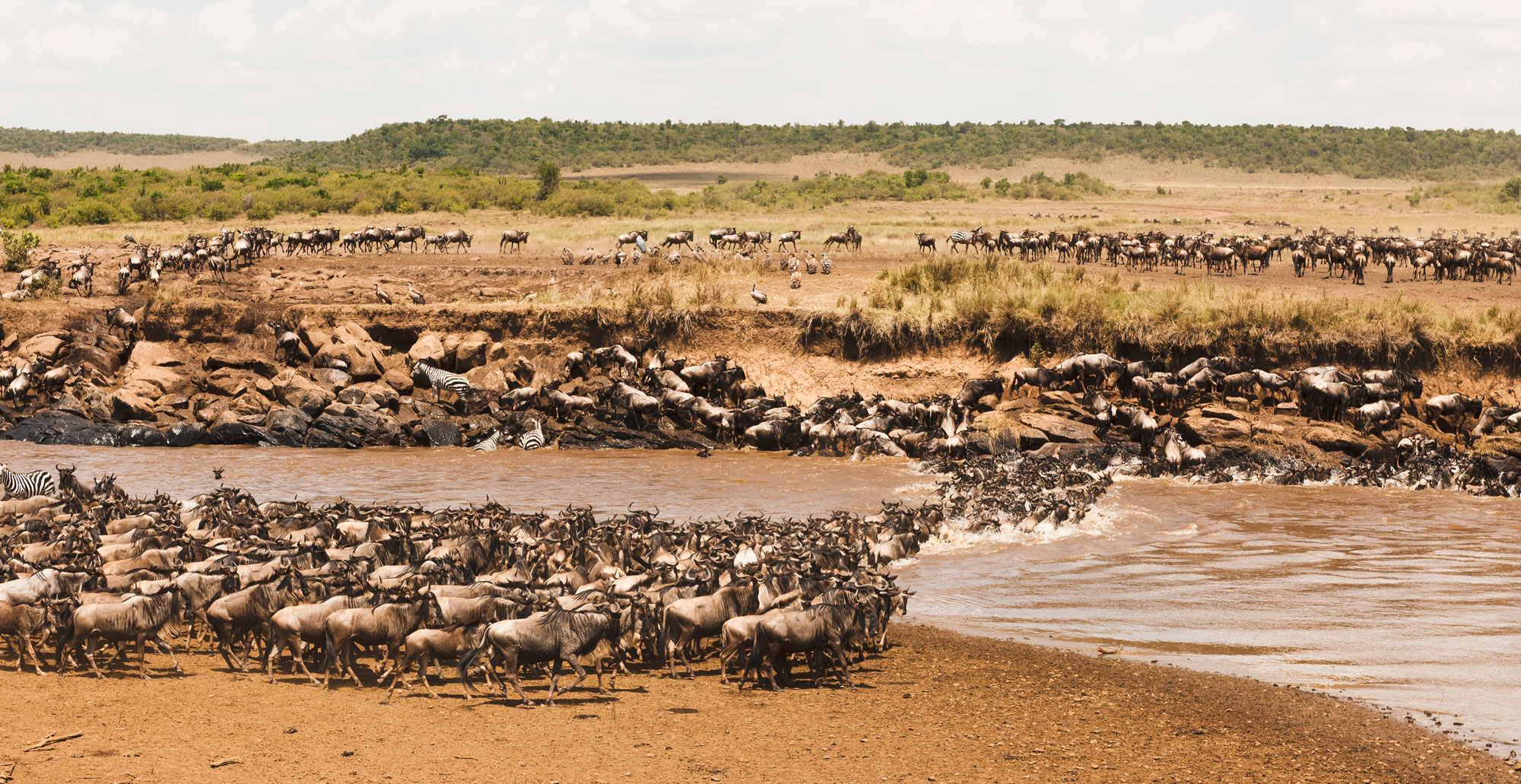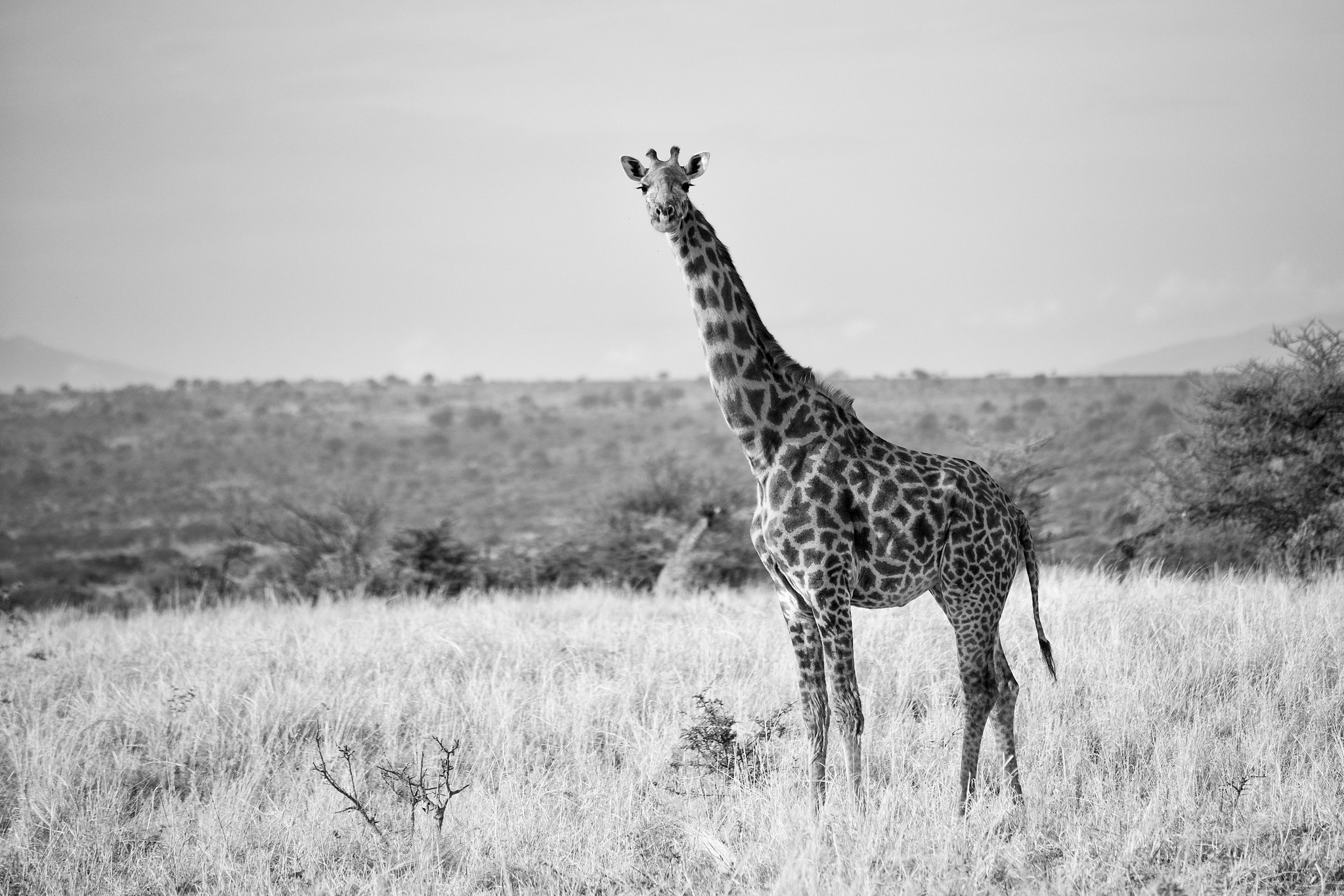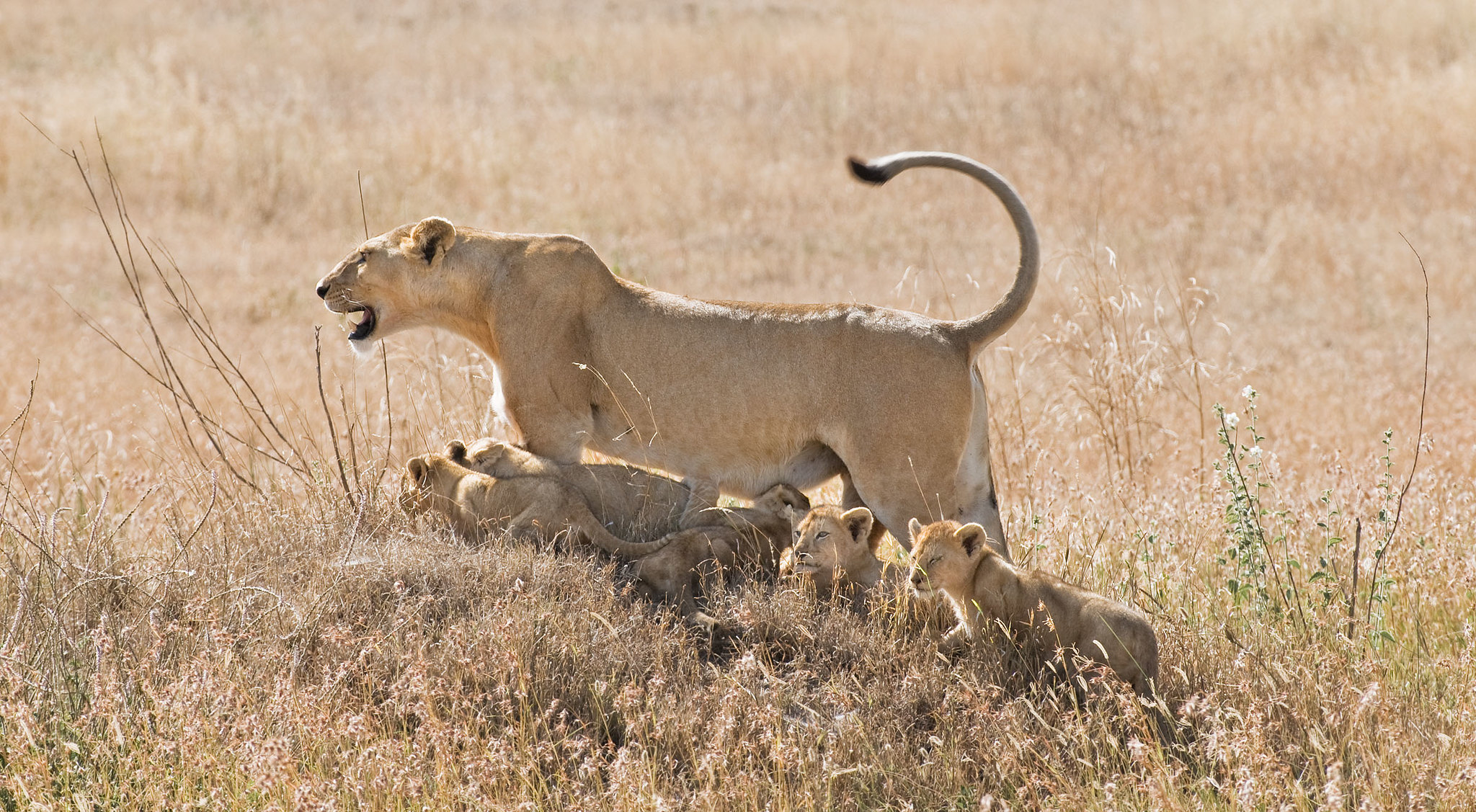Travel Info
About Tanzania
Location
Tanzania is situated on the east coast of Africa, just south of the equator. It includes the islands of Mafia, Pemba, and Unguja (the last 2 forming the popular beach region of Zanzibar). Tanzania shares a border with the Indian Ocean on its eastern coast and with Kenya on the north, Uganda, Rwanda, and Burundi on the northeast, Zaire on the west, Zambia on the southwest, and finally, Malawi and Mozambique on the south. The Tanzanian capital, Dodoma, is located slightly to the north of the center of the country. see Tanzania map
People
The Tanzanians are known to be warm and friendly people, amongst themselves as well as to foreigners. Politeness, respect and modesty are highly valued in the country. That is why it is suggested to learn some Swahili greetings and dress modestly on your trip to Tanzania. Handshakes are very important and you may continue holding hands during the conversation. Note that the right hand is usually used for eating, while the left is traditionally used for toilet duties. Immodest attire, public affection, and open anger are disrespectful to the Tanzanian people.
Religions
Almost one-third of the Tanzanian people are Muslims. Another one third are Christians and the remaining one third follow religions of a different kind. Christian sects include Catholics, Lutherans, Anglicans, Baptists, Presbyterians, and Orthodox. Virtually 100 percent of the people in Zanzibar are Muslim. Though tourism in Tanzania has shaded the country with the touch of global openness, it is still very important for women to dress modestly out of respect for Muslim cultural beliefs. Men should not wear shorts on the main island, and women should wear dresses that cover their shoulders and knees (this does not apply to Mnemba Island). Visiting women can also wear kangas, a long piece of printed cotton fabric that is tied around the body and is worn by local women.
Religious holidays include Christmas (25 December); and Good Friday, Easter Monday, Islamic New Year, the Prophet’s Birthday and Idd-ul-Fitr, (all of which fall on different dates every year). Idd-ul-Fitr is a Muslim festival and public holiday that is celebrated on the sighting of the new moon at the end of the calendar year. The exact date varies according to the new moon’s position.
Shopping
Souvenir sellers dominate the art of shopping and negotiating in Tanzania. Handmade items may be purchased at market stalls, roadside stands, and street peddlers. You can purchase Tanzanite gems, tribal beads and bracelets, wooden animal carvings, salad servers, baskets made from sisal, and wax paintings in the larger shops. Watch for fakes made from lighter woods and shoe polish, which can be identified by the lighter weight and scratches showing the true color of the wood. Check the quality closely and be prepared to bargain before you make a sale.
Prices are initially determined based on what these sellers believe you will pay, but can generally be bargained down to a low price. A good rule of thumb is to counter at slightly below half the first price given and take it from there. Chances are you will get a fair price, and the vendor will still walk away with a good profit.
Warning: If you intend to ship any of your purchases back home to the United States from your journey, it is highly recommended that you negotiate the shipping charges with the local vendor/mailing service on-premises ahead of time. Do not be sadly surprised when your shipment arrives in the U.S. with a large cost attached as sometimes shipping charges can cost more than the actual item. Save yourself a headache (and a hit to your wallet) and negotiate these charges when you send off your prized purchases.
Culture
Music
With the mix of outside culture and the original feel of rich Tanzanian culture, Tanzanian musicians have become one of the best artists in East Africa. The music of Tanzania stretches from traditional African music to the string-based taarab to a distinctive hip hop known as Bongo Flava. From artists such as Dionys Mbilinyi, Sabinus Komba, and many others, to new vibrant artists in R&B, Pop, Zouk, Taarab, and Dance Music.
Art
Tanzania has a very developed art scene, more specifically in painting and sculpture. Two styles that have generated in Tanzania have now become world known: Tingatinga and Makonde. Tingatinga are the popular African paintings painted with enamel paints on canvas. Usually, the motifs are animals and flowers in the colorful and repetitive design. Mr. Edward Saidi Tingatinga born in South Tanzania started the style. Since his death in 1972 the Tingatinga style expanded both in Tanzania and worldwide. Makonde is both a tribe in Tanzania and a modern sculpture style. It is known for the high Ujamaas (Trees of Life) made of the hard and dark ebony tree. Tanzania is also the birthplace of one of the most famous African artists – George Lilanga.
Food
Tanzanian cuisine is both unique and widely varied. Along the coastal regions (Dar-es-salaam, Tanga, Bagamoyo, Zanzibar & Pemba), spicy foods are common, and there is also much use of coconut milk. Regions in Tanzania’s mainland also have their own unique foods. Some typical mainland Tanzanian foods include rice (Wali), Ugali (maize porridge), Chapati (a kind of bread), Nyama Choma (grilled meat), Mshikaki (marinated beef), fish, Pilau & Biryani, Ndizi-Nyama (plantains with meat). Commonly used vegetables include Bamia (okra), Mchicha (a kind of spinach), Njegere (green peas), Maharage (beans) and Kisamvu (cassava leaves).
Famous Snacks include Maandazi (bread rolls), Visheti, Kashata, Kabab, Samosa (Sambusa), Mkate wa kumimina (Zanzibar rice bread), Vileja, Vitumbua (rice patties), Bagia & many others. Tea is also very much part of the culture in Tanzania. Many people drink tea (Chai) in the morning, during breakfast with Chapati and Maandazi, and at times at night during supper. Coffee is second, and is usually taken in the evening when the sun is down, and people are on the front porch, playing cards or Bao. Many drink coffee with Kashata (a very sweet snack made from coconut meat or groundnuts).
Language
While each ethnic group speaks its own local language, almost all Tanzanians are also fluent in the national language, Swahili, a coastal Bantu language strongly influenced by Arabic. The second official language is English, a vestige of the British colonial period. Most Tanzanians with postsecondary educations speak both official languages fluently in addition to their tribal language.
Look in travel info under “Swahili basics” for useful Swahili Greetings
Climate
Tanzania has a generally comfortable, tropical climate year-round, although there are significant regional variations. Along the warmer and humid coast, the climate is determined in large part by the monsoon winds, which bring rains in two major periods. During the main rain period from mid-March to May, it rains heavily almost every day, although seldom for the whole day, and the air can get unpleasantly sticky. The lighter short rains fall during November, December and sometimes into January. Inland, altitude is a major determinant of conditions. The central plateau is somewhat cooler and arid, while in the mountainous areas of the northeast and southwest, temperatures occasionally drop below 15°C at night during June and July, and it can rain at any time of year. The coolest months countrywide are from June to October and the warmest from December to March.
Generally dry and hot with cool nights/mornings June-October and mid-December-March; short rains November to mid-December; long rains April-May but the seasons can vary. The coastal strip is hot and humid all year round. Temperatures on Mount Kilimanjaro and Meru drop to below freezing.
Towns and cities
Tanzania is divided into 26 regions, twenty-one on the mainland and five in Zanzibar (three on Unguja, two on Pemba). Tanzania’s regions are: Arusha · Dar es Salaam · Dodoma · Iringa · Kagera · Kigoma · Kilimanjaro · Lindi · Manyara · Mara · Mbeya · Morogoro · Mtwara · Mwanza · Pemba North · Pemba South · Pwani · Rukwa · Ruvuma · Shinyanga · Singida · Tabora · Tanga · Zanzibar Central/South · Zanzibar North · Zanzibar Urban/West
Currency
The official unit of currency is the Tanzanian shilling (TZS), which comes in notes of 5, 10, 20, 50, 100, 200, 1,000, 5,000 and 10,000 denominations. However, the tourism industry prices everything in US Dollars and they are the preferred unit of currency. Major currencies can be exchanged in the larger towns. Foreign exchange bureaux in the main towns usually offer a better rate on traveler’s cheques than do the banks. In preparation for your journey, you may want to calculate the exchange rate from the U.S. dollar to local currencies. You can do so at the following website: http://www.x-rates.com
Credit cards and ATMs: Major lodges, some hotels and travel agents in urban areas accept credit cards, but these should not be relied on and can incur a 10% surcharge. What’s more, only major credit cards are accepted such as MasterCard and Visa, and other cards such as American Express, Discover and Diners Club are often not accepted. ATMs are available in major cities only.
Tipping: Tips for hotel and lodge personnel are usually included in your tour price, however you should be prepared to tip the staff in smaller camps on safari. Tips to your driver and naturalist guides are also at your discretion. A suggested detailed tipping chart will be sent to you with your final documents prior to departure.

